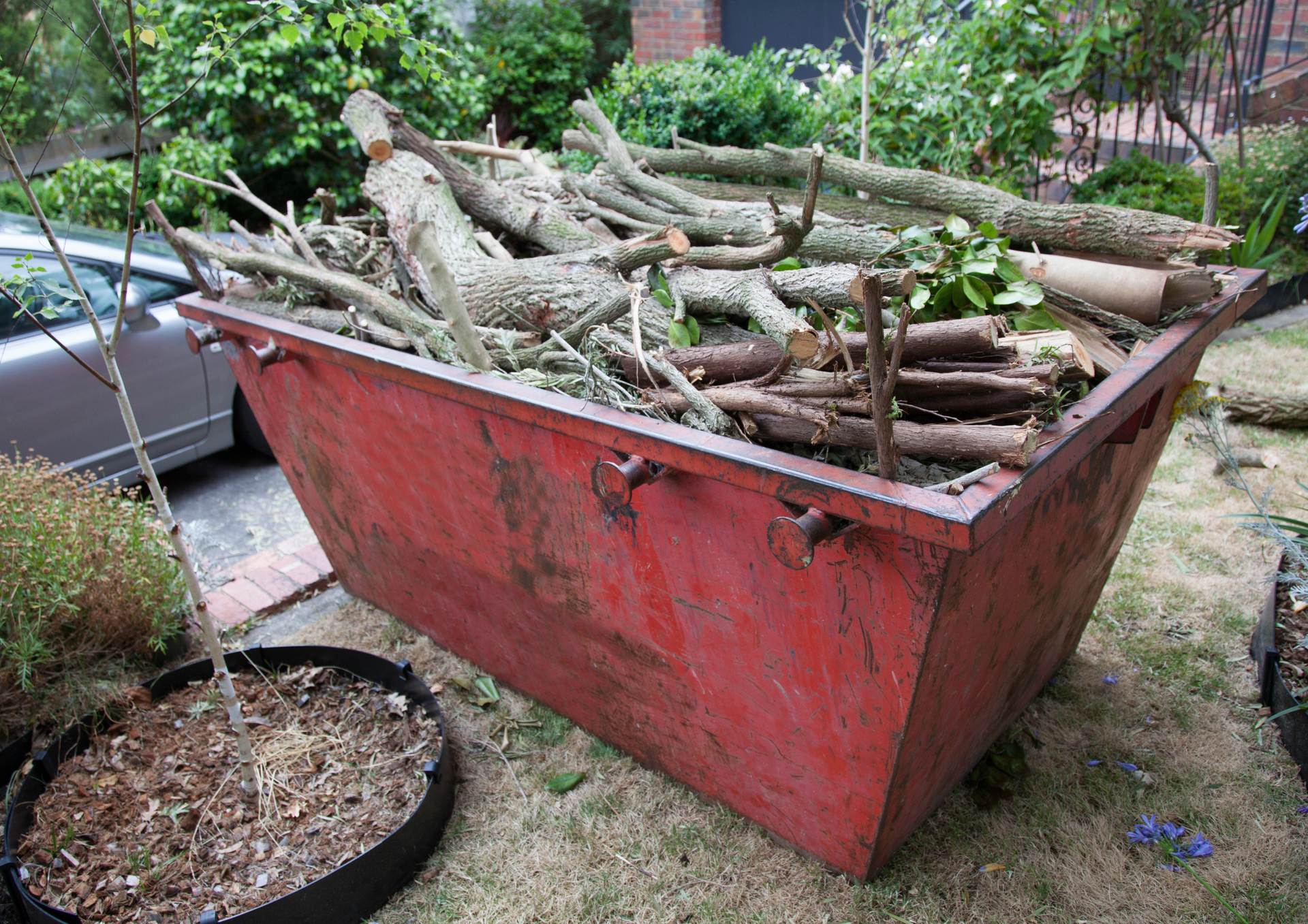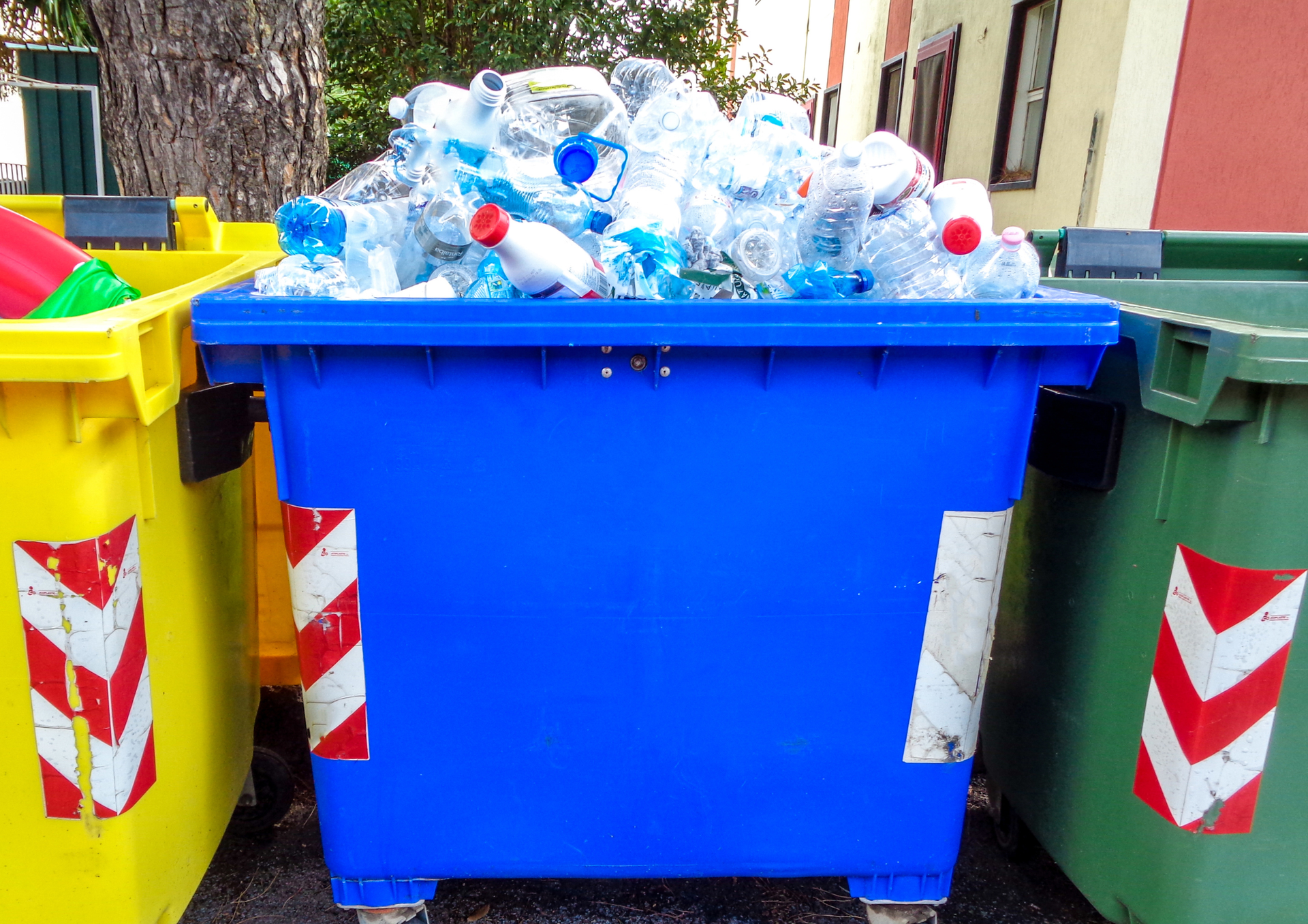Skip Size Costs Explained: Finding the Best Value for Your Waste
When tackling a project that produces significant waste—whether it’s a home renovation, a construction job, or a commercial clear-out—selecting the right size can make a real difference to your overall costs. Many customers wonder whether opting for a larger or smaller skip provides better value for money, and the truth is, it depends on your specific needs and the type of waste you’re disposing of.
This guide explains skip size cost differences, pricing factors, and how to choose the most cost-efficient option.
Understanding How Skip Sizes Affect Cost
Skip sizes play a crucial role in determining overall hire costs. Generally, the larger the skip, the higher the base price—but the cost per cubic yard of waste often decreases as capacity increases. This means that while you pay more upfront for a bigger skip, you usually save money per tonne of waste collected.
For example, smaller skips are often suited for limited projects such as bathroom refits or garden tidy-ups. They’re ideal when waste volume is easy to predict. Larger skips, on the other hand, become more economical for high-volume waste—such as construction rubble, renovation debris, or bulky items from commercial sites.
Beyond size, skip hire pricing also reflects several other factors: location, waste type, duration of hire, and whether a permit is required for on-street placement. Companies maintain transparent pricing structures, ensuring customers understand exactly what they’re paying for, without hidden charges or surprises.
Comparing the Cost and Use of a 4 Yard Skip
A 4 yard skip is often described as a “midi skip” and is a favourite among homeowners working on smaller domestic projects. Typically holding around 30 to 40 bin bags of waste, it’s perfect for modest refurbishments, garden waste, or a small bathroom or kitchen removal.
The main advantage of this size lies in its affordability and convenience. It’s compact enough to fit neatly on a driveway, which can save money on road permits. For those dealing with limited waste quantities, hiring a 4 yard prevents overpaying for unused space.
While smaller skips have a higher cost per cubic yard compared to larger models, their total hire price remains lower, making them ideal for one-off household jobs or minor renovations. For short-term projects, this option is one of the most cost-effective choices.
When to Choose a 6 Yard or 8 Yard Skip
As project size increases, a 6 yard skip becomes a practical next step. Sometimes known as a “small builder’s skip”, it can accommodate roughly 50 to 60 bin bags of mixed waste. This size is particularly suited to mid-sized renovation projects, such as kitchen remodels, flooring replacements, or light construction work.
For slightly larger jobs, an 8 yard skip—often called a “builder’s skip”—offers more flexibility. Holding about 80 bin bags of waste, it’s the standard choice for most construction sites and commercial clean-ups. It can easily handle heavy materials like soil, rubble, and bricks, which are common in building projects.
From a cost perspective, these mid-range skips often deliver the best value overall. The difference in price between a 6 yard and 8 yard is relatively small, but the added capacity provides a buffer that prevents costly overfilling or the need for a second hire.
Choosing between them often depends on whether your project produces mostly heavy waste (in which case, an 8 yard is ideal) or mixed materials where a slightly smaller size may suffice.
Larger Projects and the Value of a 12 Yard Skip
For major projects such as full home renovations, office clearances, or event clean-ups, a 12 yard skip is one of the most cost-efficient options. With a capacity of around 100 to 120 bin bags, it’s best suited for large volumes of light, bulky waste like furniture, packaging, or general debris.
While its total hire cost is higher than smaller models, the price per cubic yard of waste is significantly lower. In other words, you’re getting more space for your money. Larger skips also reduce the need for multiple collections, saving both time and logistical expenses.
Businesses and event organisers often find that investing in a larger skip simplifies waste management and keeps workspaces clear, safe, and compliant with local regulations.
Factors That Influence Skip Hire Prices
Beyond the size of the skip, several factors can influence the final hire cost. The type of waste plays a major role—heavier materials like concrete or soil may require specific skip types due to weight restrictions. The duration of hire also affects pricing, as longer rental periods typically cost more, although some companies may offer discounts for extended use. Location is another consideration; urban areas often have slightly higher rates because of permit fees and demand.
Additionally, access and delivery conditions—such as narrow driveways or limited entry points—can impact logistics and collection costs. By understanding these variables, you can plan your project budget more accurately, avoid unnecessary expenses, and ensure the skip you choose suits your needs perfectly.
Tips for Choosing the Right Skip Size
When choosing the right size, start by estimating your waste volume realistically—overestimating means paying for unused space, while underestimating could require hiring a second skip. It’s also important to separate heavy from light waste, as the type of material determines which skip is suitable for your load. Consider access and placement to ensure there’s enough room for safe delivery and collection.
Lastly, seek professional advice from a reputable company that can recommend the most appropriate option for your project. By carefully matching your waste requirements to the correct size, you can avoid overspending and make your project more efficient.
The cost difference between popular
skip sizes ultimately depends on how much waste you need to dispose of, its type, and how efficiently you plan your hire. Smaller skips, while cheaper overall, can become uneconomical if underestimated. Meanwhile, larger skips, though pricier upfront, often deliver better value per cubic yard when used fully.
Understanding the pricing structure and matching it to your waste output ensures that you only pay for what you need—nothing more, nothing less. Whether it’s a small household job or a major commercial project, choosing the right size helps keep your site clean, your costs low, and your schedule on track.
At
Skip Hire Leicester, we pride ourselves on offering reliable, transparent, and competitively priced skip services tailored to every type of project. Our team provides expert advice on the best skip for your needs, ensuring your hire experience is simple, compliant, and cost-effective.
We offer flexible delivery options, quick turnaround times, and full support with permits. Whether you need any skip sizes for home, construction, or business projects, you can rely on us for a professional and hassle-free waste management solution.
Latest post on X: Understanding
skip size costs – choose the right option for your waste!




